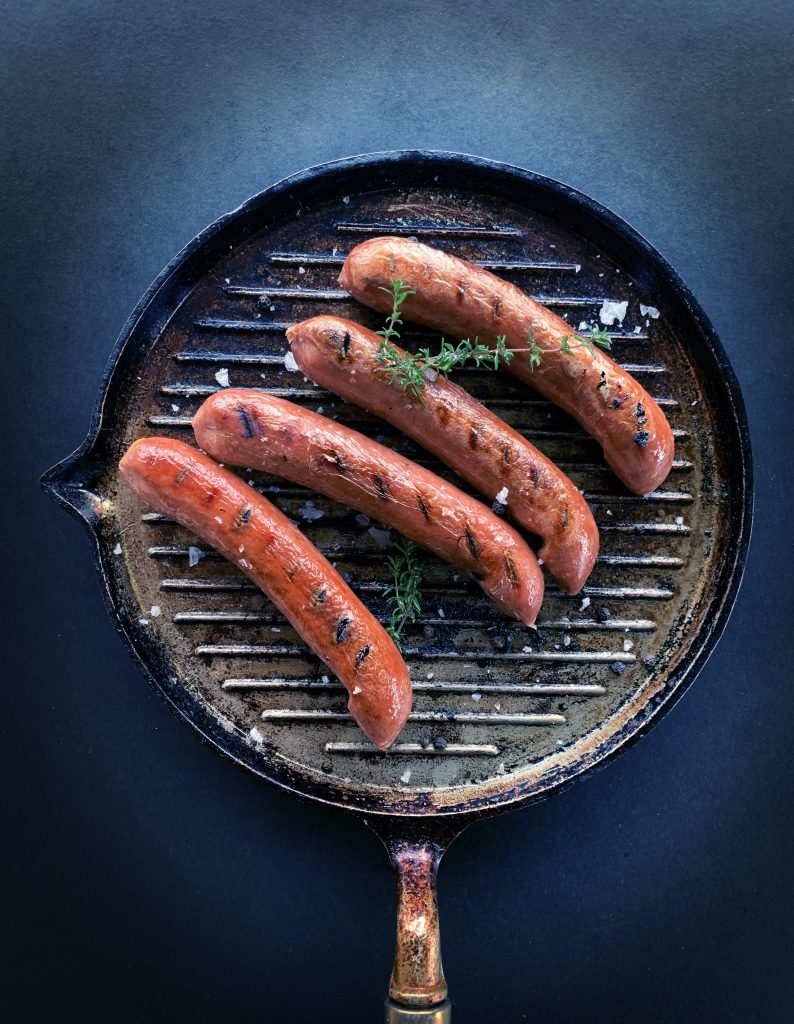Dating back over 5,000 years ago, the humble sausage is thought to have its origins in Mesopotamian times. The appeal of this food item has continued over the centuries, making it a national favorite on many countries’ menus. From South African boerewors and German bratwurst to Spanish chorizo and French chipolatas, the large selection of sausages produced in various parts of the world highlights the popularity of this meat product.
The demand for sausages is only set to continue as figures show that the global sausage market is expected to grow by 5.5% each year from 2022 to 2030. With such appeal for these food items, many people are now turning their hand to creating their own homemade sausages to cater to their unique tastes. In this article, we have outlined all the essentials you’ll need to learn how to make sausages at home.
Meat Grinder
Whether you prefer your sausages chunky or smooth, a meat grinder is a must for grinding the meat to your chosen consistency. From standalone electric grinders that can effortlessly power through the toughest cuts of meat to classic, hand-cranked grinders that clamp onto the table and evoke a sense of artisanry, there are a number of different grinders to choose from based on your budget, and the amount of meat you plan on grinding. A helpful site to visit is Bestmeatgrinderreviewsguide.com which offers guidance and reviews, helping you make the best purchase for your needs.
Sausage Casings
The casing acts as a protective film around the sausage offering it a distinctive taste and giving it its shape. When it comes to selecting the ideal casings for your homemade sausages, the choice depends on the type of sausage you’re making.
Pork casings are a popular choice for most sausage varieties, particularly Italian and German sausages, as they provide a deep, meaty flavor to the sausage. The more delicate sheep casings are ideal for smaller links and hot dogs and offer the tenderest choice of casing. Beef casings are the thickest and most durable choice of casing and are commonly used for making salamis and removed from the sausage after cooking.
Sausage Stuffer
Your creation will not be complete without a sausage stuffer. These essential devices also come in a variety of shapes and sizes and finding the right one can be challenging. The most common types of sausage stuffers include the following:
- Vertical stuffers: Vertical stuffers are a great choice for quick and easy sausage stuffing. Their strong steel gears make the process effortless and efficient and the cylinder is removable for easy cleaning. With their large gears, piston rods, and metal gears, vertical stuffers offer reliable performance and can handle the pressure needed for small sausages.
- Electric stuffers: These are perfect for making sausages in large quantities and they provide powerful and efficient stuffing for sausages of any size. You can also control the speed with a foot switch, ensuring a comfortable pace.
- Manual stuffers: Also known as Horn Stuffers, these are a budget-friendly and low-maintenance option. They are ideal for making small batches of sausage, however, they demand extra time and effort compared to non-manual stuffers.
After stocking up on these essentials, you can begin creating your own sausages from the comfort of your own kitchen.

